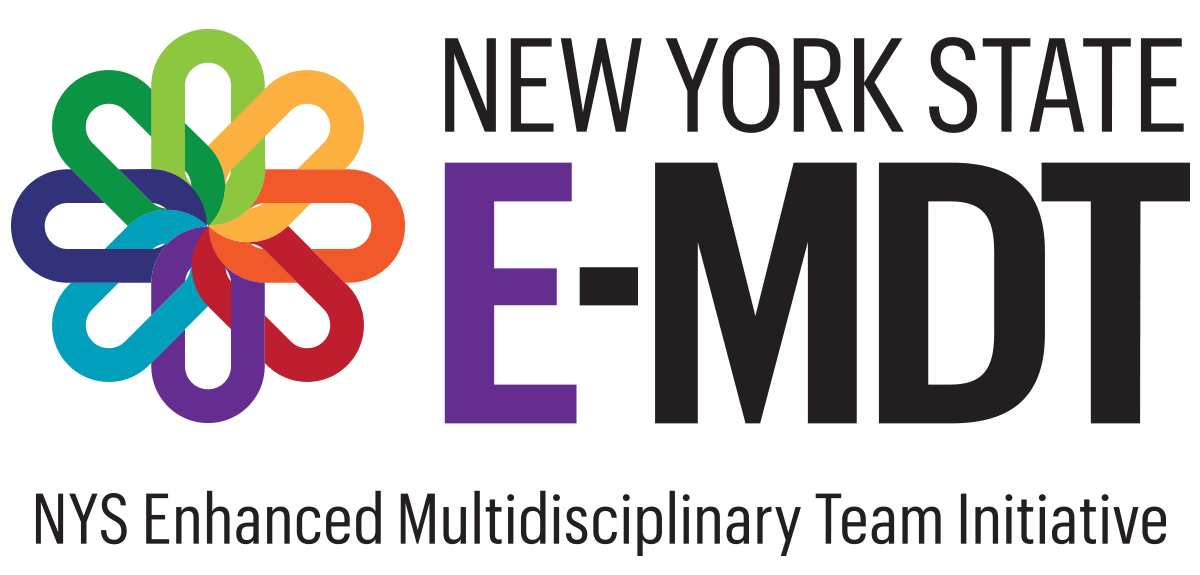FAQs
What is an Enhanced Multidisciplinary Team (E-MDT) and why do we need them?
A county-based E-MDT brings together professionals from a multitude of disciplines and systems to stop financial exploitation and other forms of elder abuse (physical, emotional, and sexual abuse, and neglect by others) at the earliest possible juncture. The primary focus for team members is to intervene in cases of elder abuse, restoring safety and security of older adults, and protecting their assets. Together, team members achieve this through coordinated case reviews and tailored responses to each situation.
Who sits on an E-MDT?
The E-MDT is comprised of various professionals representing key programs and services based on the unique needs and resources of the county. E-MDT members are experts with unique knowledge and skills applied to the serious problems at hand including adult protective services, aging services, the financial industry, and local legal and law enforcement. Teams also include the specialty services that make the multi-disciplinary team “enhanced”, by formally including access to a forensic accountant, a mental health professional, and civil legal services through the E-MDT Coordinator.
You can read more about the disciplines represented on the E-MDT by visiting the “E-MDT Participating Disciplines” page.
Who does the E-MDT currently serve?
Each county-based E-MDT provides a comprehensive and holistic response to elder abuse cases involving county residents who are 60 years of age and older.
What are the evidence-based benefits of MDTs?
Research on E-MDTs suggests that they significantly improve the efficiency and effectiveness of response to cases of elder abuse. Professionals can establish relationships with colleagues in different offices and systems, the team can design individualized interventions to accommodate the unique needs of each victim, and the coordination creates accountability. Additionally, research has demonstrated E-MDTs improve the rate of prosecution in financial exploitation cases, increases the rates of elder abuse reporting in general, and are both time and cost effective.
If you’d like more information about the benefits of multidisciplinary teams, you can read various publications on the “Publications & Research” page.
Are consultation resources available for cases not heard by the full team?
The E-MDT Coordinator provides consultation on cases of elder abuse and financial exploitation to professionals in the community when a case does not require review by the E-MDT. The E-MDT Coordinator will work closely with the referring professional, help review any related documentation and provide recommendations for further services or investigation to stop the exploitation/abuse. Case consultations may also involve connecting referring professionals with other E-MDT members or specialists from a range of disciplines, including forensic accounting, geriatric psychiatry and community legal services. Case consultations may range from a single contact with the referral source to extended involvement.
